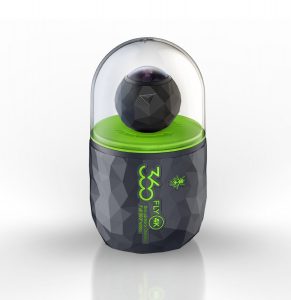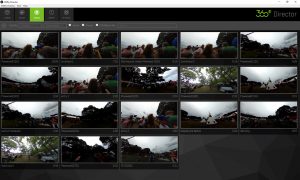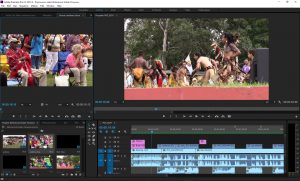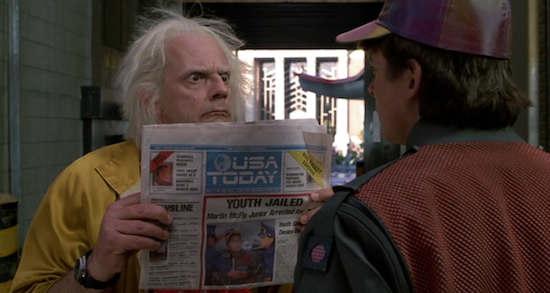http://emergingmediaplatforms.com/files/summer2016/webglexercise/BillsBeachScene4/
Once I got comfortable with Unity3D–and it took a while, with some stops and starts along the way, I really fell in love with it.
I could see myself getting lost in this program–and the worlds I could create for endless hours (and even though I didn’t spend a nickel, I could see myself going through a bankroll purchasing different assets from the store).
There was a real Zen like quality to it, once I got to use the software comfortably. The idea of creating new worlds was intriguing, and godlike, and doing so in 3D really seemed to make it more authentic.
This program has taught me so many new skills, it’s breathtaking at times. The mysteries of the internet are falling off one, by one.
Of course, there were some issues in getting my very simple beach scene completed. First and foremost, as I mentioned, was just getting comfortable with the software. I’m pretty tech-savvy, and Unity3D is pretty user-friendly and straight-forward, almost like any other graphics program, but the whole 3D element threw me off a little.
It took some time to see the entire canvas, rather than the flat dimension I was seeing to begin the scene. I had flying boats and trees suspended in mid-air (which in a more futuristic scene may have been kinda cool), which weren’t visible at first. But once I got the perspectives figured out, I began to see the entire scene in my head.
I also had some tech issues. I downloaded some elements that didn’t work right with Unity 5, so when I tried to play the scene, I got a bunch of annoying errors and it wouldn’t play. It kept opening up the console for me to fix them, but I don’t code, so I was lost. And of course I hadn’t been backing up the scene along the way, so I was stuck. Eventually, after some frustration, I was able to figure out that it was the downloaded elements that weren’t working, so I was able to delete them and it worked. I lost some things in the scene, but were able to replace them with assets that worked.
And then when I finished, I had some trouble exporting the scene. It said it was exporting, but when I uploaded the scene, I was faced with a blank Unity box and no scene. but with some trial and error (and after a couple slices of pizza) I got it to work after a Google search and some posts from other users that instructed me to uncheck the “developer” box on the export screen. It worked after that.
In all, i could see myself continuing to use the program. I probably won’t be a gamer professionally, but who knows what I could do with it if I had the time to learn a bunch more tricks.
My scene is pretty simple, but a pretty good start, I think. It could have been better if I had been willing to spend some money on more elements. But it felt good to plow through my frustrations and get something done. I created a nice scene–and although I didn’t have time to actually get to the beach this weekend, I was there virtually, and that’s pretty cool for an old guy like me!
 For my final field test for a course in my emerging media platforms class, I recorded the 70th Shinnecock Powwow in both 360 video and traditional video.
For my final field test for a course in my emerging media platforms class, I recorded the 70th Shinnecock Powwow in both 360 video and traditional video. and asked friends, fellow students and colleagues through social media to answer a few simple questions about the videos and whether they saw a future
and asked friends, fellow students and colleagues through social media to answer a few simple questions about the videos and whether they saw a future ducing 360 videos easier. I also realized that if used correctly–as a medium to stand beside, rather than replace, other storytelling techniques, 360 videos certainly have a place on news websites.
ducing 360 videos easier. I also realized that if used correctly–as a medium to stand beside, rather than replace, other storytelling techniques, 360 videos certainly have a place on news websites. n my 20s with one of the first PCs being mass produced, an IBM clone, that by today’s standards couldn’t do much, but back then felt like pure and utter magic.
n my 20s with one of the first PCs being mass produced, an IBM clone, that by today’s standards couldn’t do much, but back then felt like pure and utter magic.
 n
n


 how things would have turned out for her if Uber or a similar business had come along just a little bit sooner.
how things would have turned out for her if Uber or a similar business had come along just a little bit sooner.